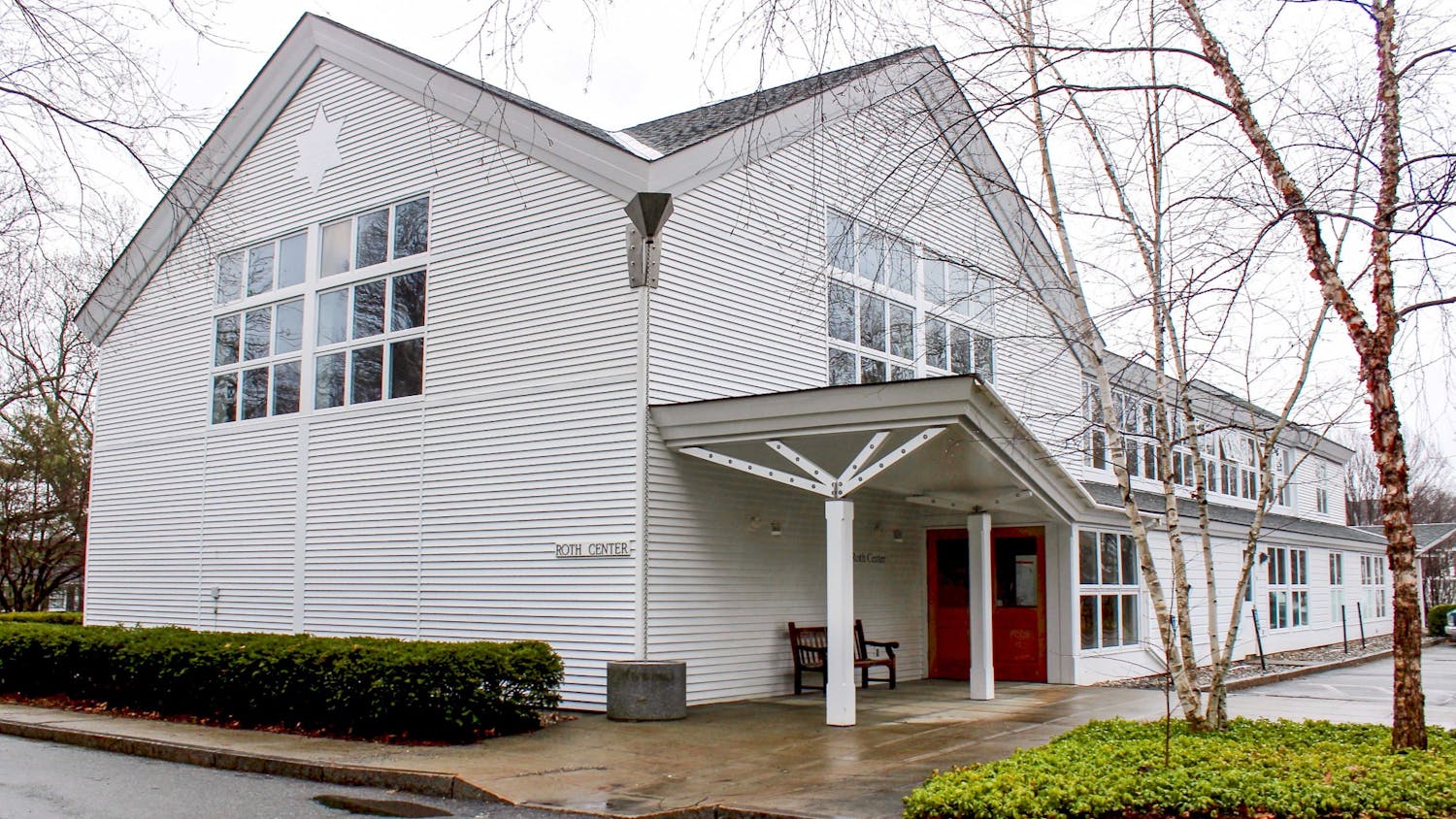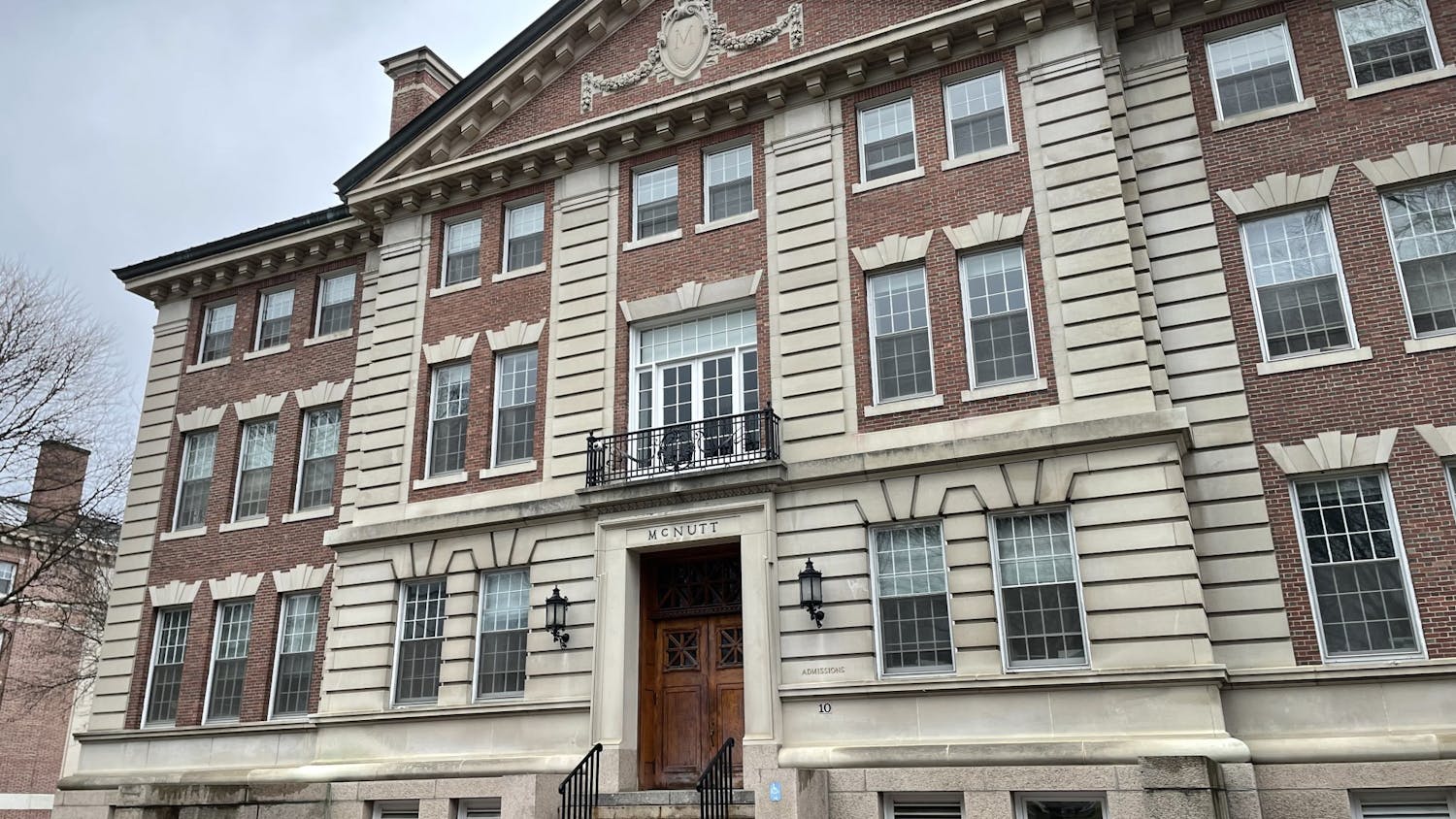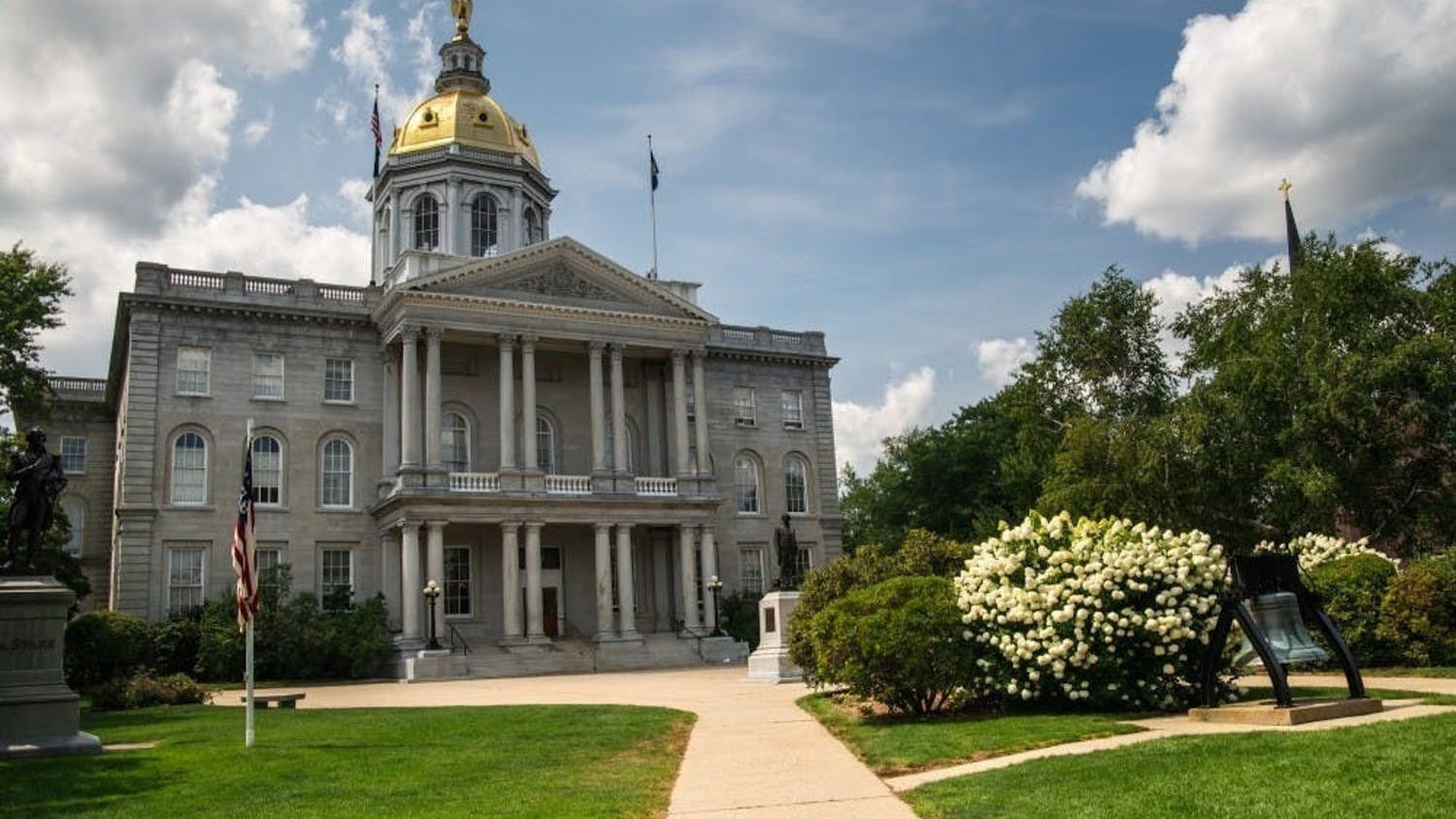The College saw slight decreases in revenue in fiscal year 2016, according to the College’s 2016 990 tax form. The report shows numerous financial changes for fiscal year 2016, which began on July 1, 2015 and ended on June 30, 2016.
The College’s endowment for fiscal year 2016 decreased nearly $200 million to $4,474,403,649 from fiscal year 2015’s end of year balance of $4,663,491,080. The decrease comes in part because of the endowment’s net investment earnings, gains and losses, which totaled -$99,549,524. For comparison, last year’s net investment earnings, gains and losses were nearly $350 million, while two years back saw a high of $777 million.
“We had modest negative return,” chief financial officer Michael Wagner said. “Investment markets as a whole were performing negatively and Dartmouth’s investment return was not immune to what was happening in the investment markets.”
Wagner said that the decline in the endowment returns was consistent with that of other colleges, such as those in the Ivy League. When comparing Dartmouth’s endowment with that of fellow Ivies, only Yale University, with a 3.4 percent increase, and Princeton University, with a 0.8 percent increase, saw positive returns in the past fiscal year.
“In general, we’re performing where we would expect over the long-term and for shorter-term time periods,” Wagner said. “We’re performing along the lines of other endowments that are of the same size and same breadth as what Dartmouth has.”
The College’s contributions and grants increased by over $12 million, from $376.9 million to $389.2 million. This is still below the high of $428.4 million in the 2014 fiscal year.
However, investment income decreased by over $222 million, from 2015’s $500.6 million to this year's $278.4 million.
While the tax form focuses on fiscal year 2016, the salary data on the form covers the 2015 calendar year. Total compensation increased from $522.5 million in calendar year 2014 to $548.4 million in calendar year 2015.
Meanwhile, over the past fiscal year College President Phil Hanlon was the second highest paid administrative officer with total compensation of approximately $1.1 million. Compared to last fiscal year, Hanlon’s base salary increased by about 10 percent from $815,635 to $898,777.
Compared to other Ivy League presidents, Hanlon’s salary remains on the lower end, only coming before the compensation of Brown University president Christian Paxson, whose predecessor made around $650,000 in 2012 according to The Brown Daily Herald. On the opposite end of the spectrum, Columbia University president Lee Bollinger remains one of the highest-paid college presidents in the nation, having made around $3.4 million in fiscal year 2012. In 2014, Bollinger made over $4.5 million.
The IRS form states that the process for determining the compensation of Dartmouth’s President and other officers involves gathering “comparability data . . . from a compensation survey gathered by a nationally-known consulting firm” which is then used in conjunction with a review of the employee’s performance by a governing body to prepare “recommendations for compensation adjustments.”
Following this, the recommendations are “presented for approval to the Compensation Committee of the Board.” The data used for determining the president’s salary is presented to the Compensation Committee by the chief human resources officer, which is then approved by the Board of Trustees.
“Based on the comparisons that the committee does, it’s within the reasonable range of where the Board and the president want it to be,” Wagner said.
Chief investment officer Pamela Peedin received the highest compensation among reported salaries with over $1.4 million. This represents an increase of nearly 23 percent when compared to her compensation last year, which equaled around $1.1 million.
“We don’t pay necessarily the same as an investment officer might get if they were working for an investment company, but we’re competing for those people,” Wagner said. “So you have to pay something that attracts them to work for a higher-[education] endowment. It may not be just as much as they would earn working at an investment bank, but it has to be enough to get them to come.”
Correction Appended (May 18, 2017):
A previous of this article incorrectly stated that contributions and grants decreased and investment income increased in fiscal year 2016, when in fact they increased and decreased, respectively. Hanlon's compensation was also incorrectly reported. The article has been updated to reflect these changes.
Anthony is a '20 from Dallas, TX. Anthony plans to major in Film & Media Studies at Dartmouth, and decided to join The D to further his passion for writing. In addition to working with The D, Anthony considers himself a passionate supporter of the Dallas Cowboys and spends his days watching movies, admiring fine art, and using the Oxford comma.



